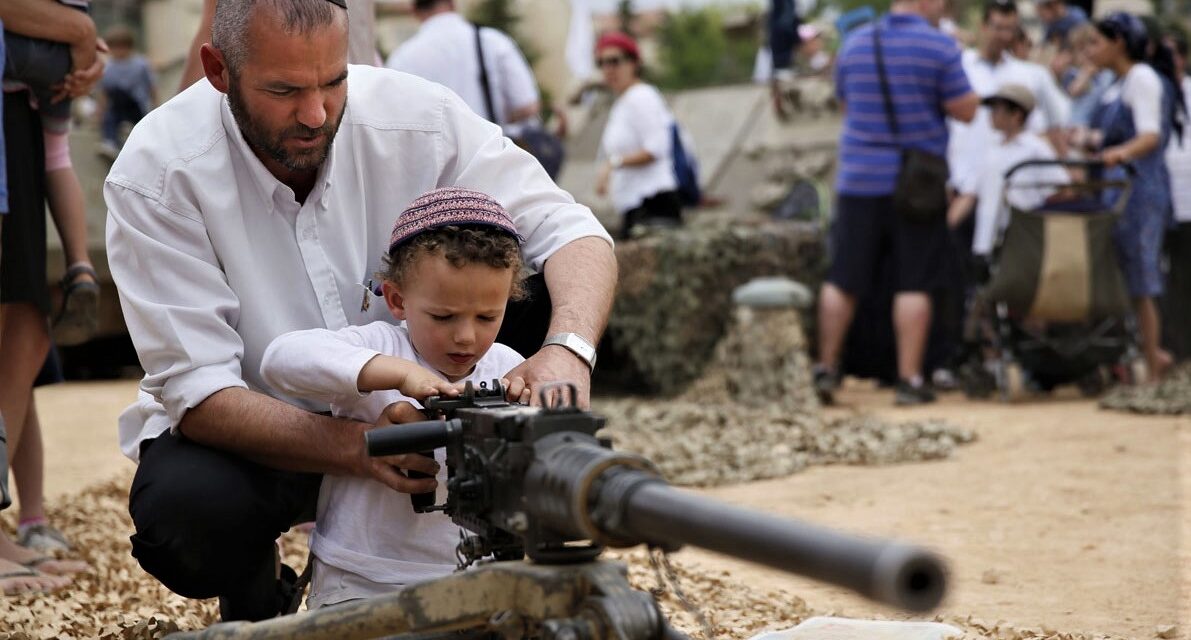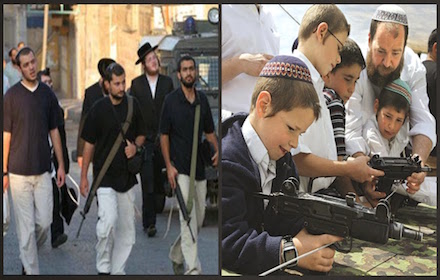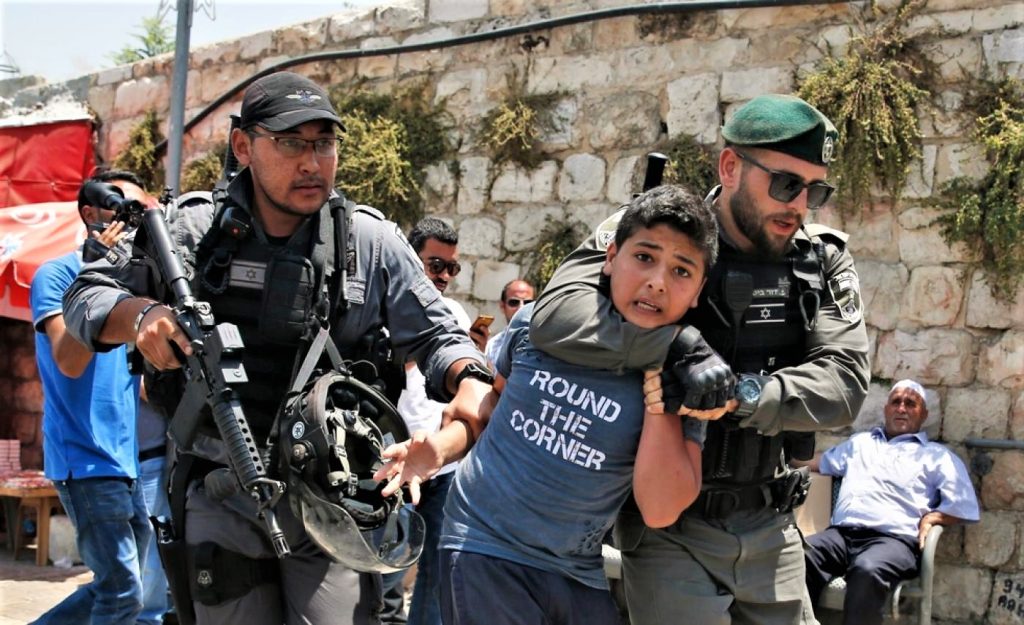There has been an intensification of violence between Israel and the Palestinians since the start of this year, with deaths mounting on both sides. Here is a brief guide to what is going on.
What is happening?
The current violence is mainly taking place in the West Bank and East Jerusalem – areas occupied by Israel since the 1967 Middle East war. It began to escalate in March 2022, after the Israeli military launched an open-ended operation in the West Bank, resulting in near nightly raids into the occupied territories.
How has it got worse?
There have been many individual injuries and deaths resulting from Israeli military operations and Palestinian attacks over the past year, but what marks this period of violence out is both the scale of the loss of lives and the number of incidents in which multiple people, mostly Palestinians have been killed.
Last year, at least 146 Palestinians – militants and civilians – were killed by Israeli forces in the West Bank and East Jerusalem – more than any time since UN records began in 2005. Meanwhile, 29 Israelis and two foreign nationals – were killed in attacks by Palestinians or Israeli Arabs. This was deadliest year for Israelis since 2015.
Already in the first two months of this year, the death toll – 60 Palestinians and 14 on the Israeli side – has been higher than any similar period in 2022, swelled by some of the bloodiest incidents in years.
In one Israeli military raid in Nablus in February, 11 Palestinians were killed|, with dozens more injured by bullets, according to the Palestinian health ministry. In another raid and gun-battle in Jenin the previous month,10 Palestinians were killed.
Israelis have also reeled from a spate of particularly deadly attacks: seven Israelis were shot dead outside an East Jerusalem synagogue in January, while in another incident in February three were killed in a ramming attack at a bus stop on the outskirts of the city.
Many others have been killed and injured on both sides in near-daily incidents, fuelling what is often described as a cycle of violence.
What is driving the violence?
Each side blames the other, but there are also longer-term underlying causes.
Israeli forces are killing Palestinian children, women and young men in cold-blood, the Israeli forces and sometimes Zionist hoodlums would attack the Palestinians, set their homes ablaze, destroy their crops and kill their men. While Palestinian self-defending attackers say they are fighting Israel and the occupation and avenging Israeli assaults. Some of the attacks have been carried out by “lone wolves” – individuals who were not acting on the orders of an organisation.

Other retaliatory attacks have been carried out by Palestinian militant groups, including the newly formed Lions’ Den, whose popularity on the Palestinian street has surged.
- A 100-year-old conflict
Israel says its ongoing operation in the West Bank, called “Break the Wave”, is targeting militant groups with arrest raids to stop them from launching retaliatory attacks. The raids, however, are often taking place in densely populated refugee camps and other urban areas, where they meet resistance from gunmen and often turn bloody.
Is there an end in sight?
Not in the short-term. Israel says it has to continue its operations to weaken the militant groups and thwart their retaliatory attacks, while Palestinians say the attacks are a response to Israel’s actions and overwhelmingly more powerful military. There is also no political peace process which could offer the prospect of a permanent solution, leaving decades-old grievances – the Israel’s want of security chief among them and Palestinians’ want of a state – festering.

The ongoing expansion of Jewish settlements on land Palestinians claim for a future state is seen by them as a root cause of their long conflict with Israel. The Israeli Settlements are considered illegal under international law that Israel constantly violate.
Lately, a US-brokered talks, brought Israel and the Palestine face-to-face in Jordan on Sunday in an attempt to de-escalate tensions, with an aim for the two sides to meet again in March.

